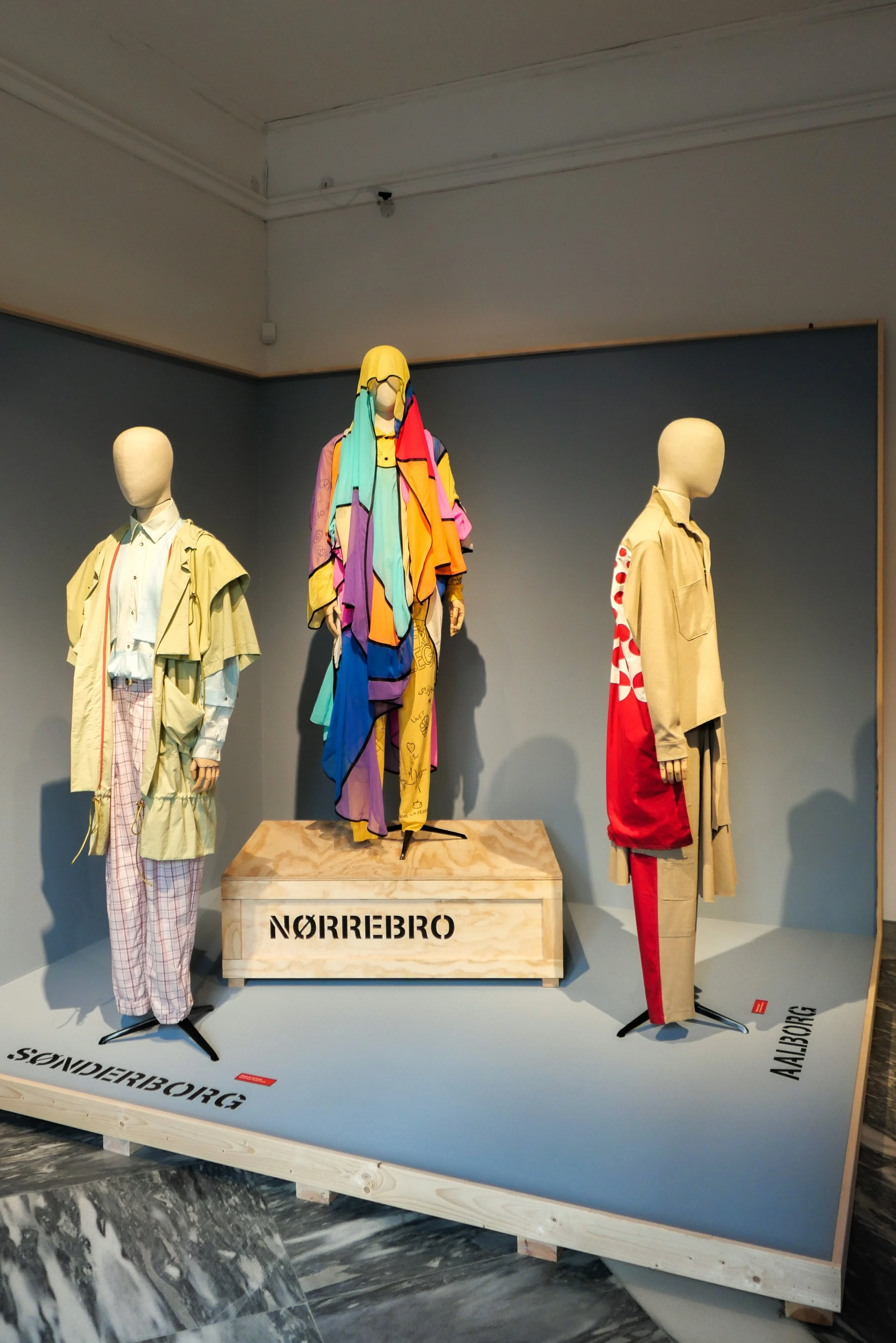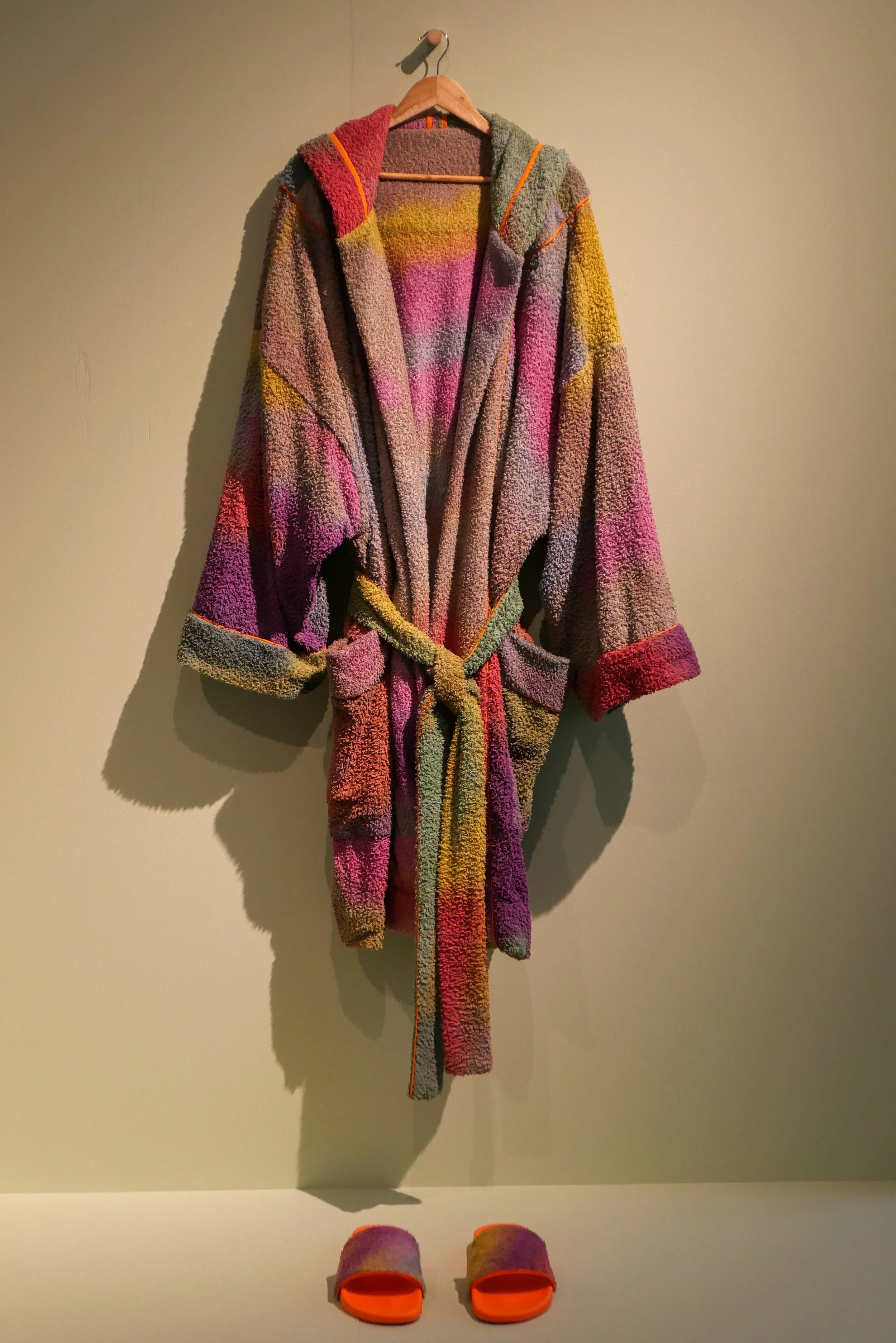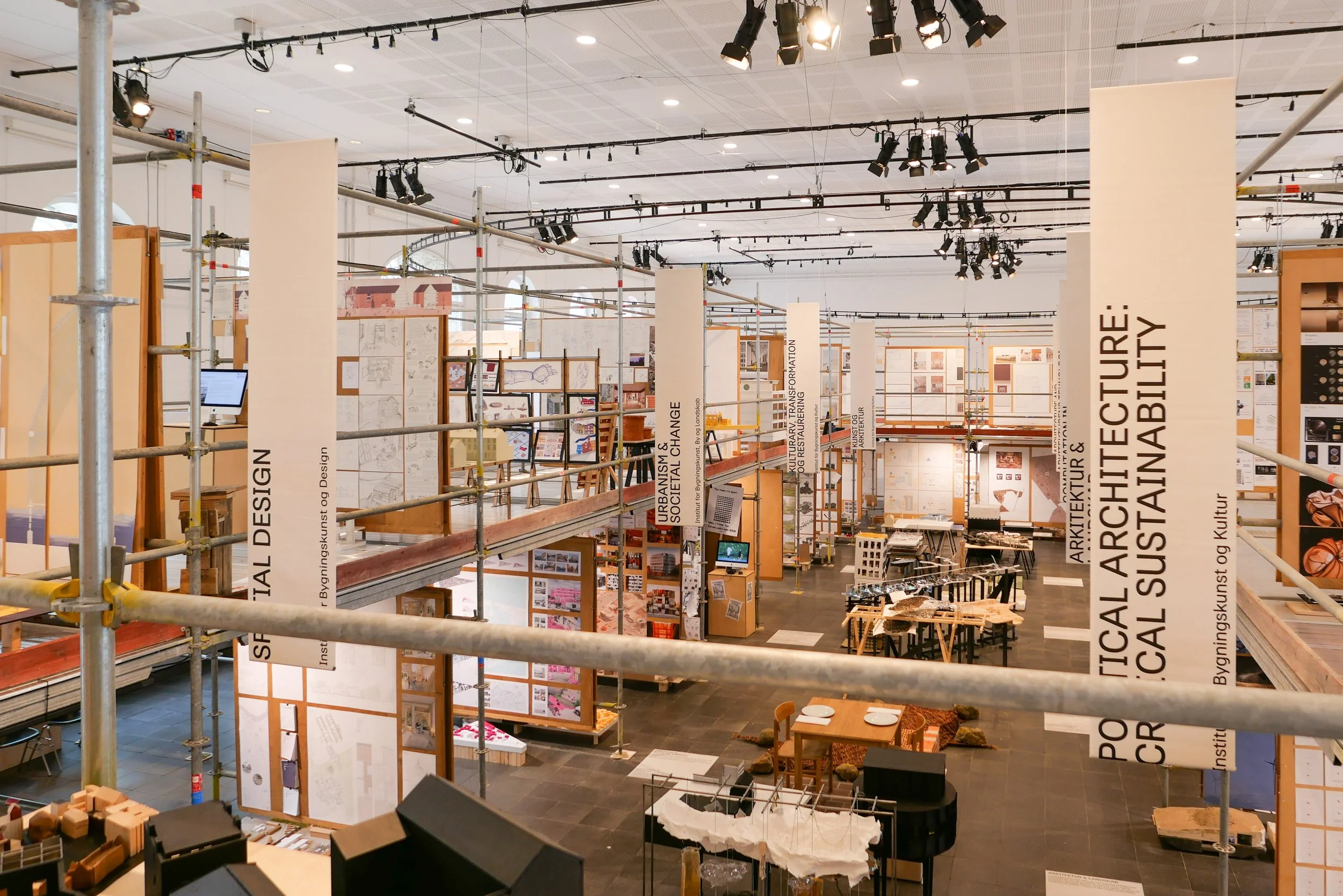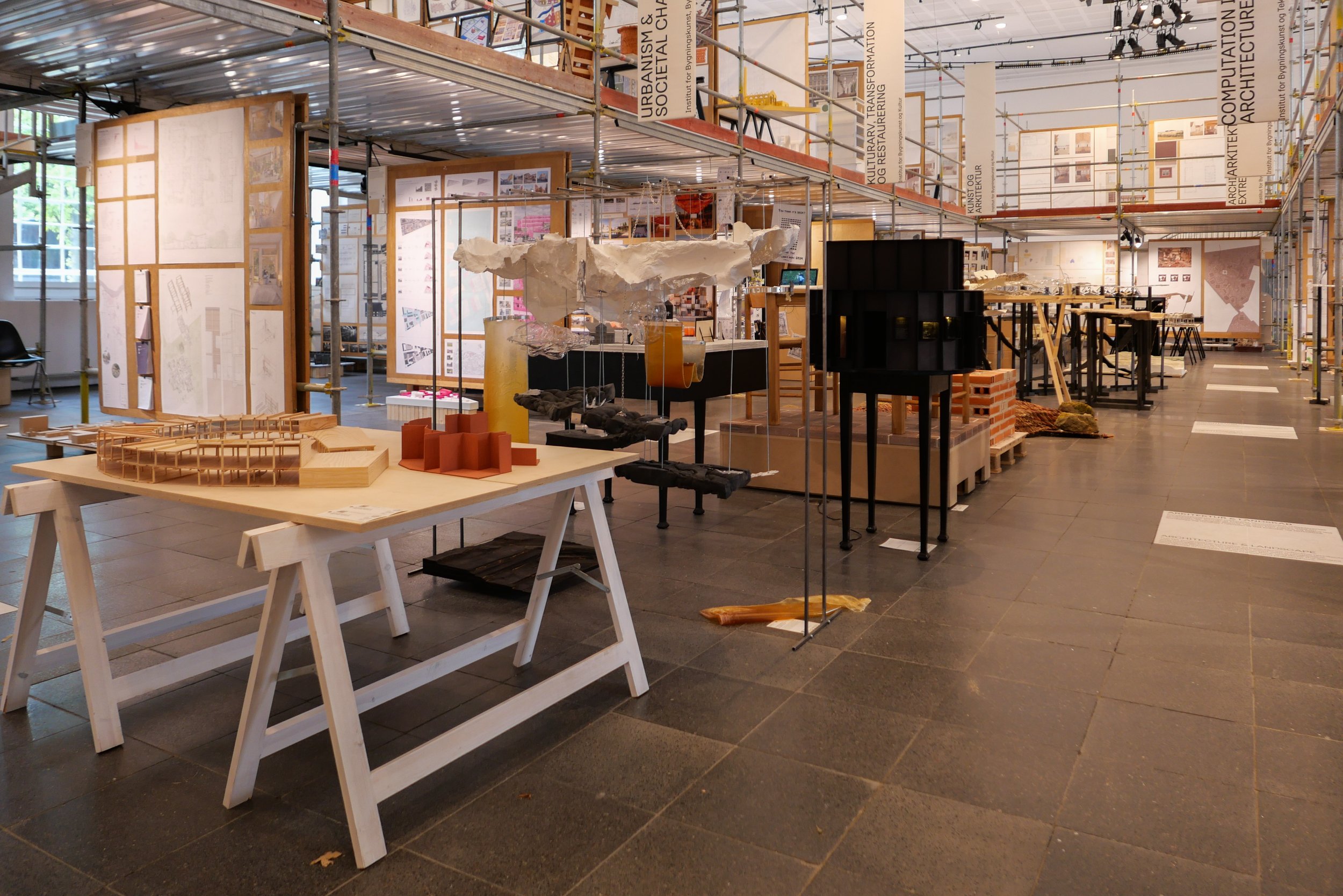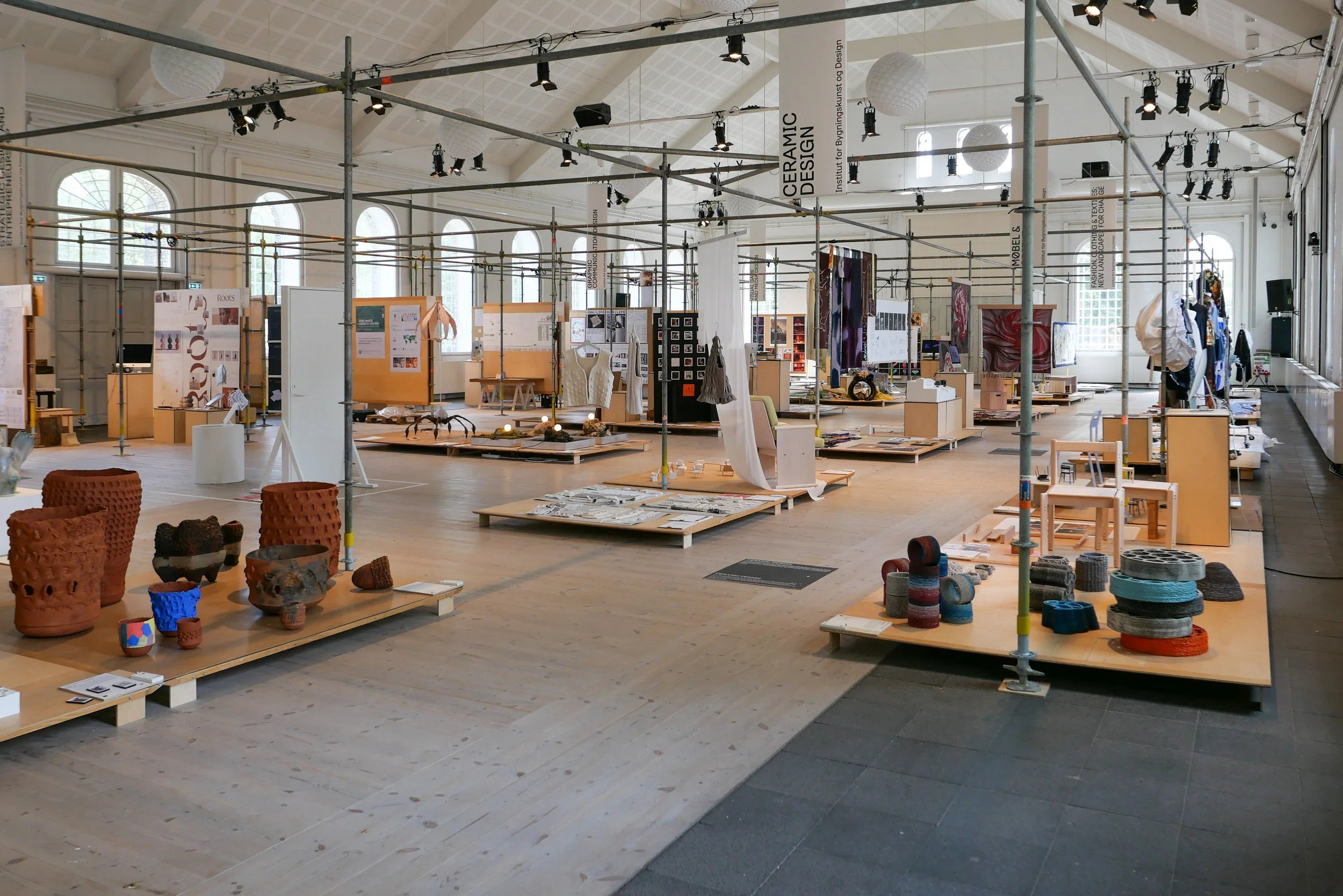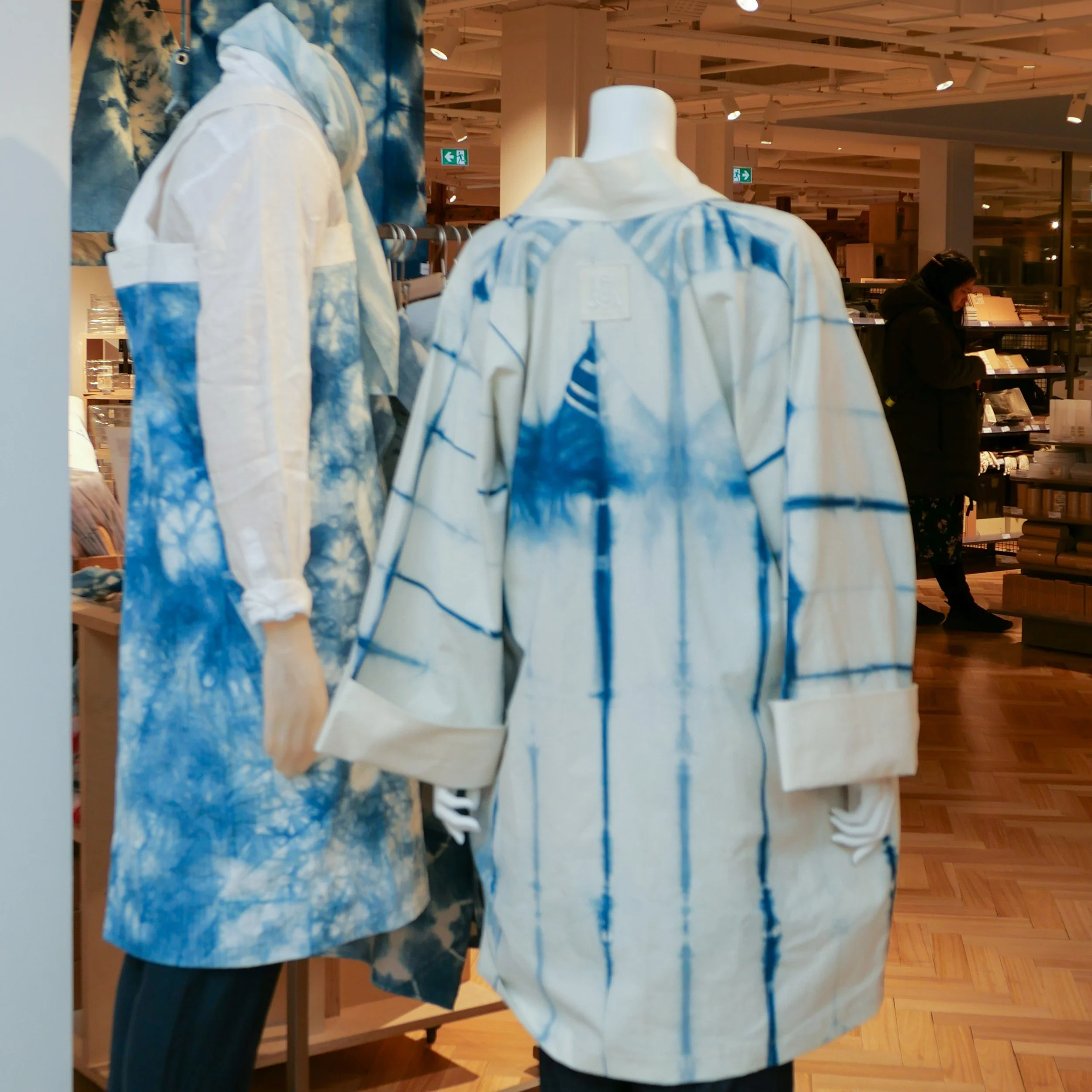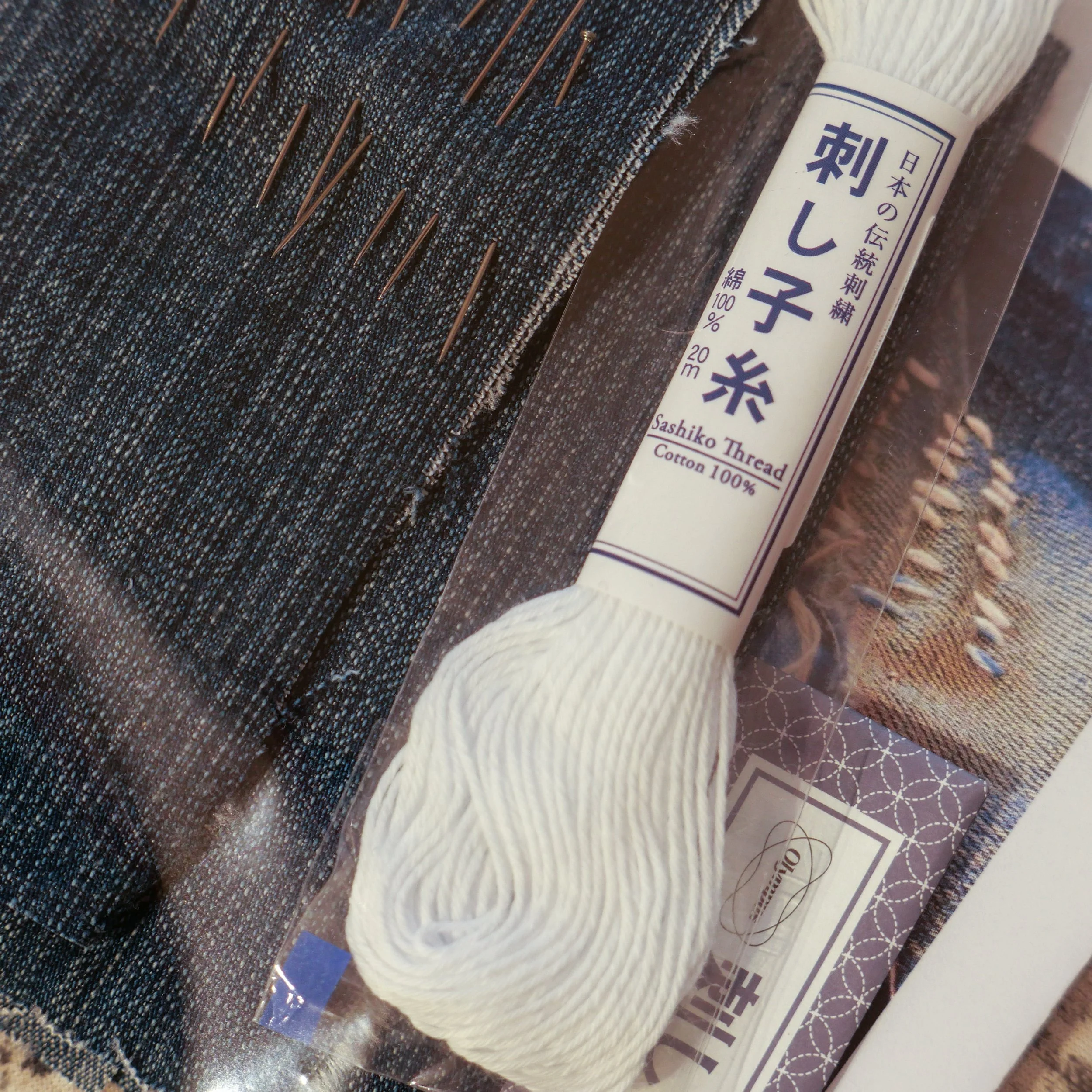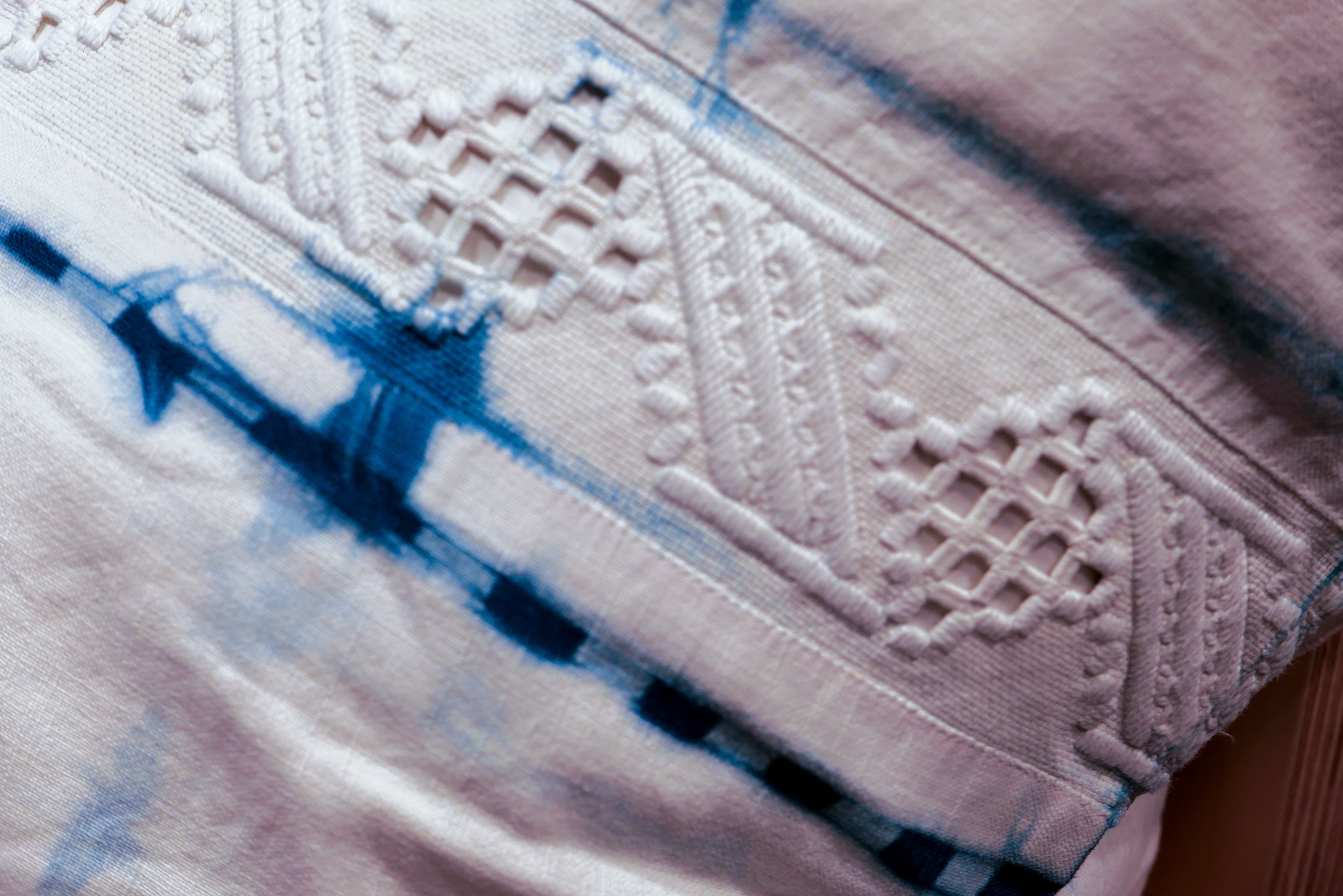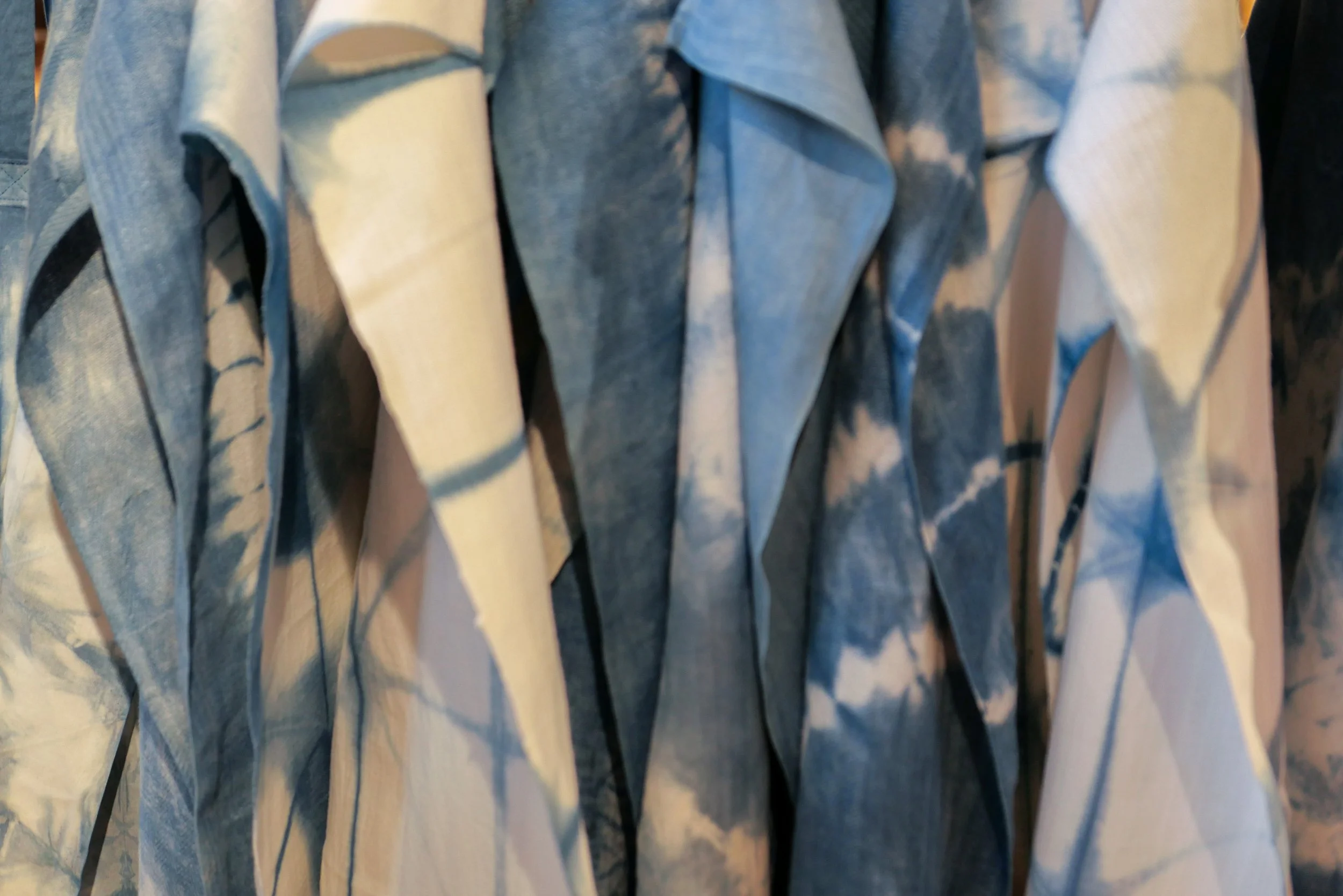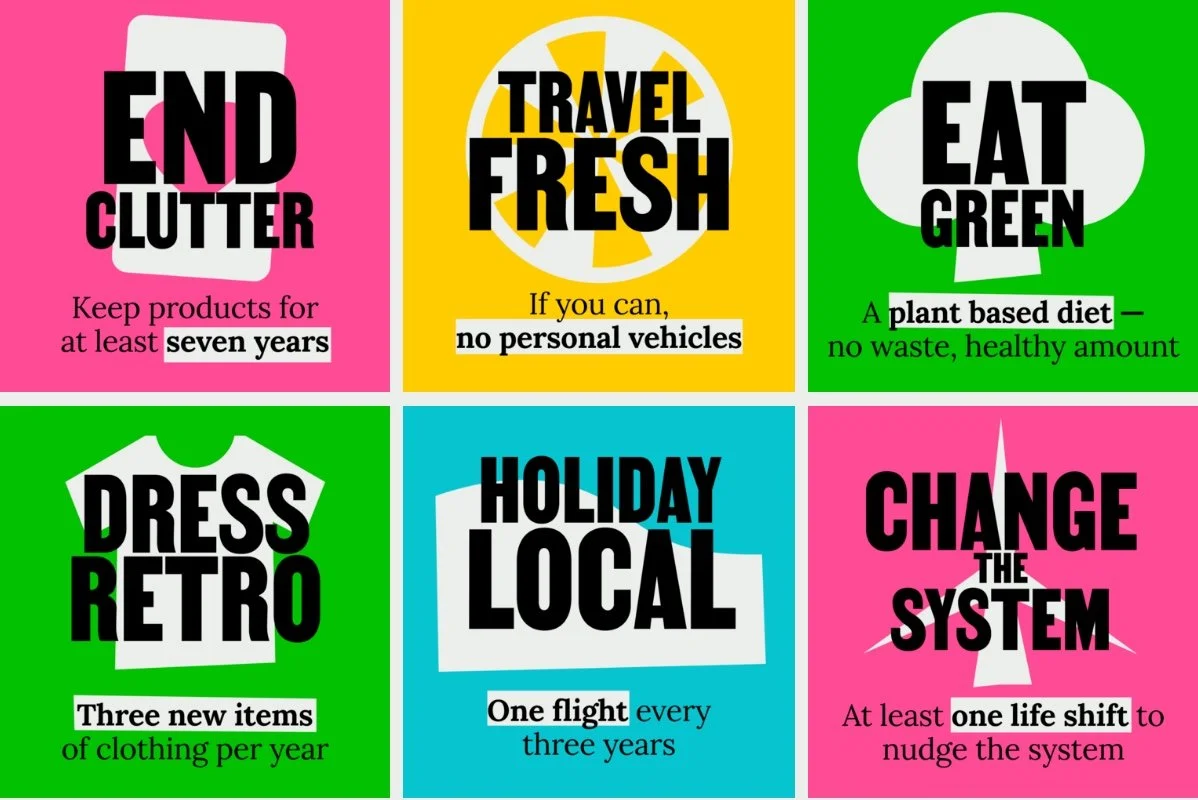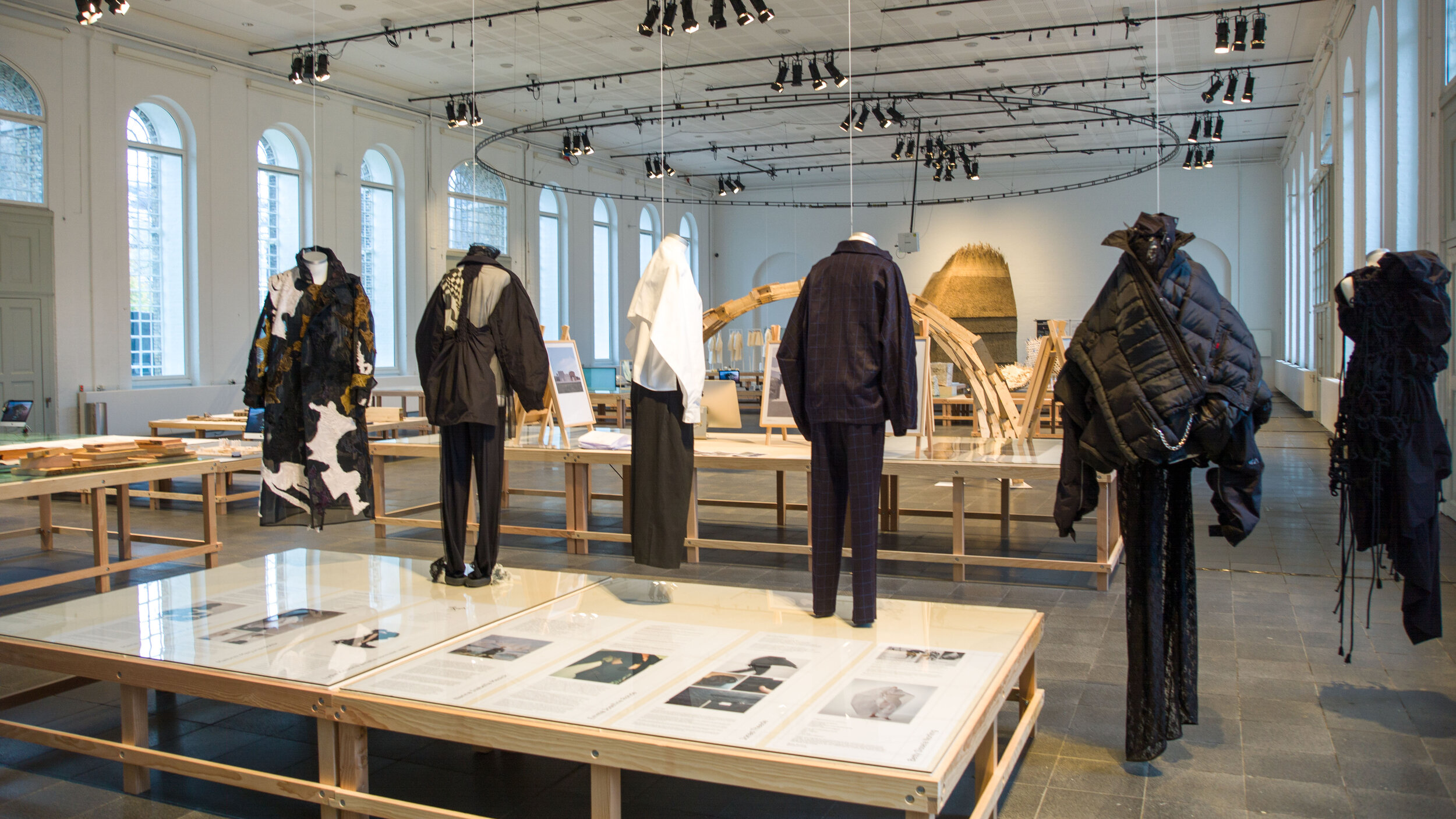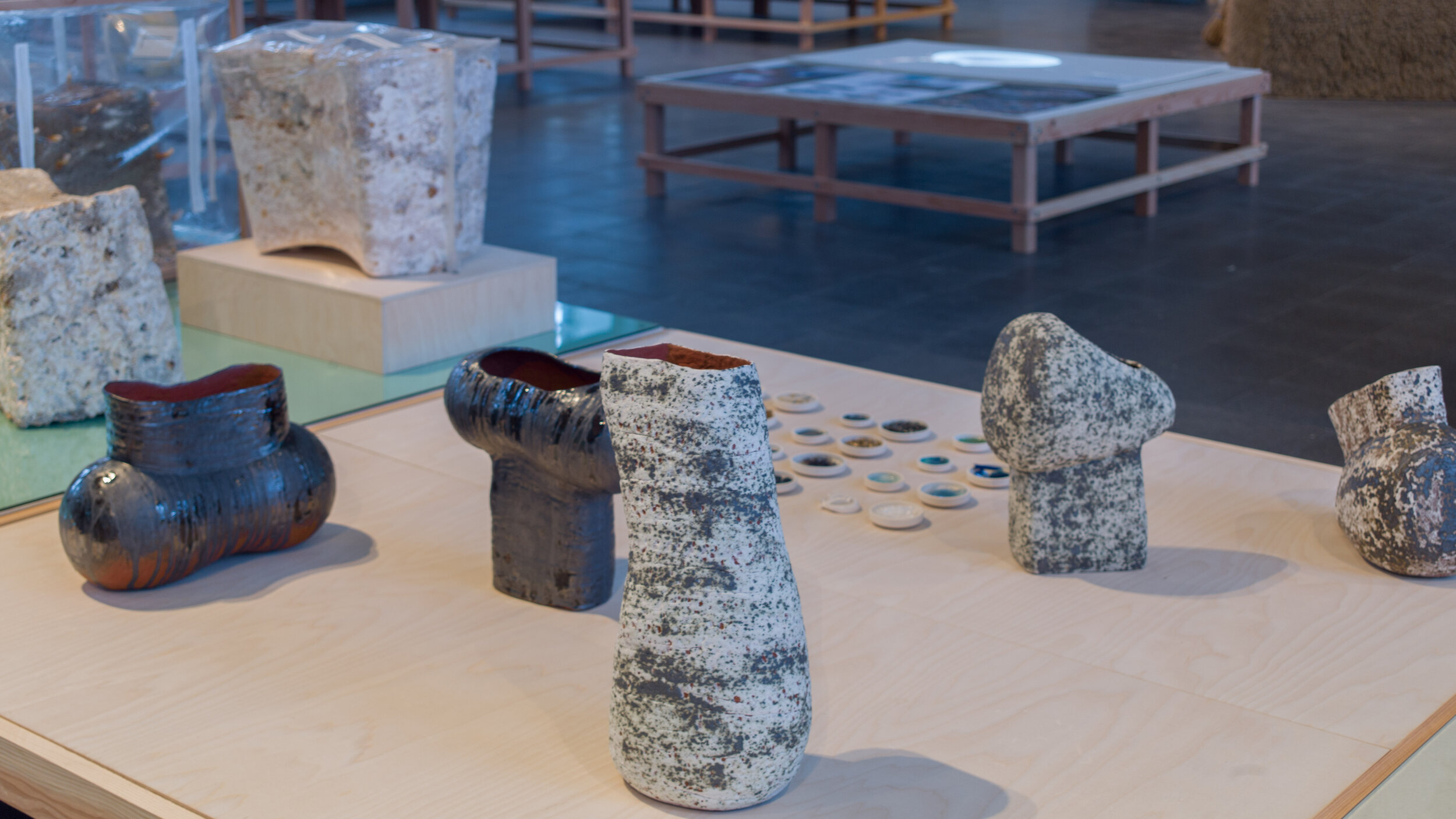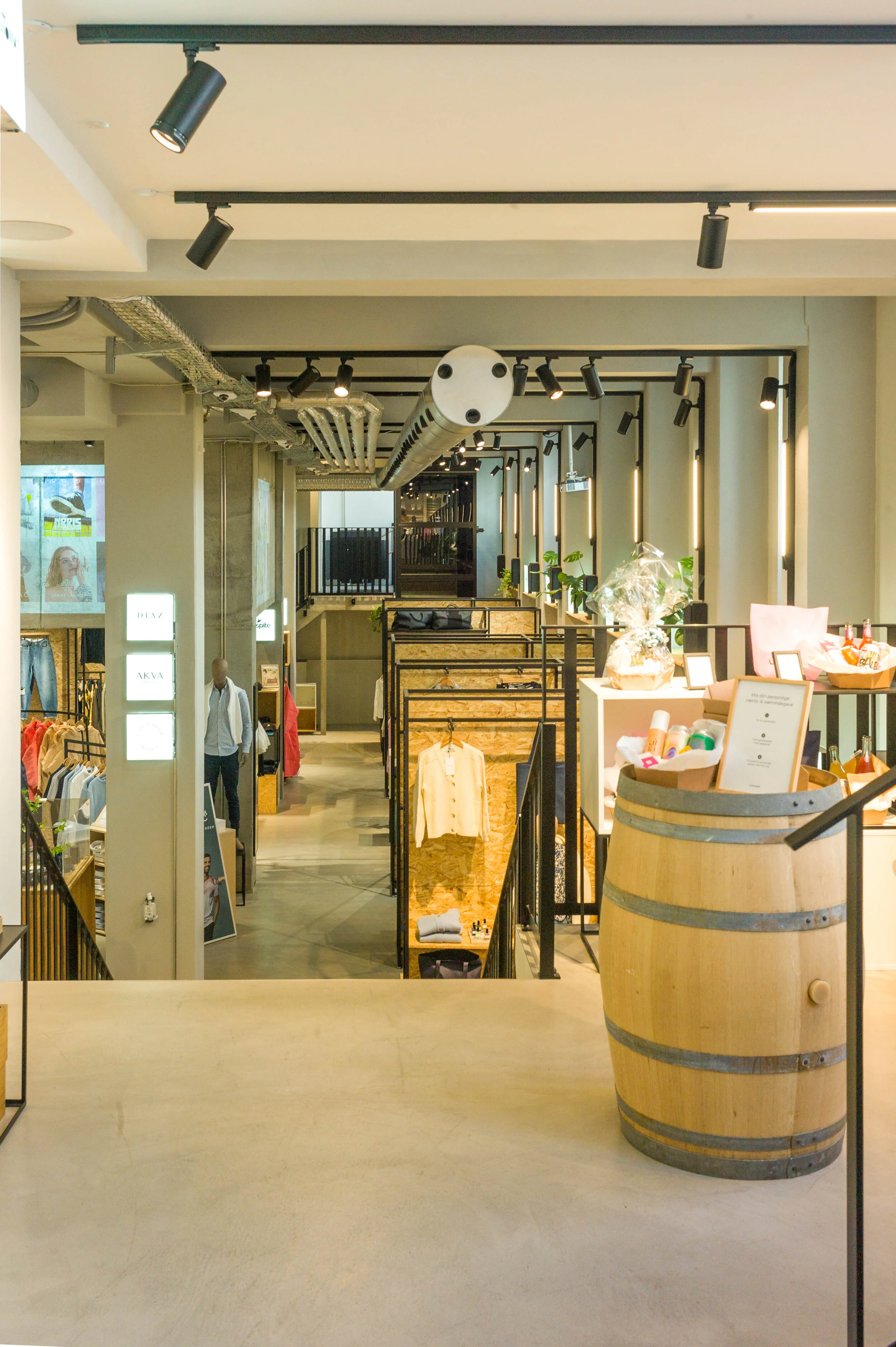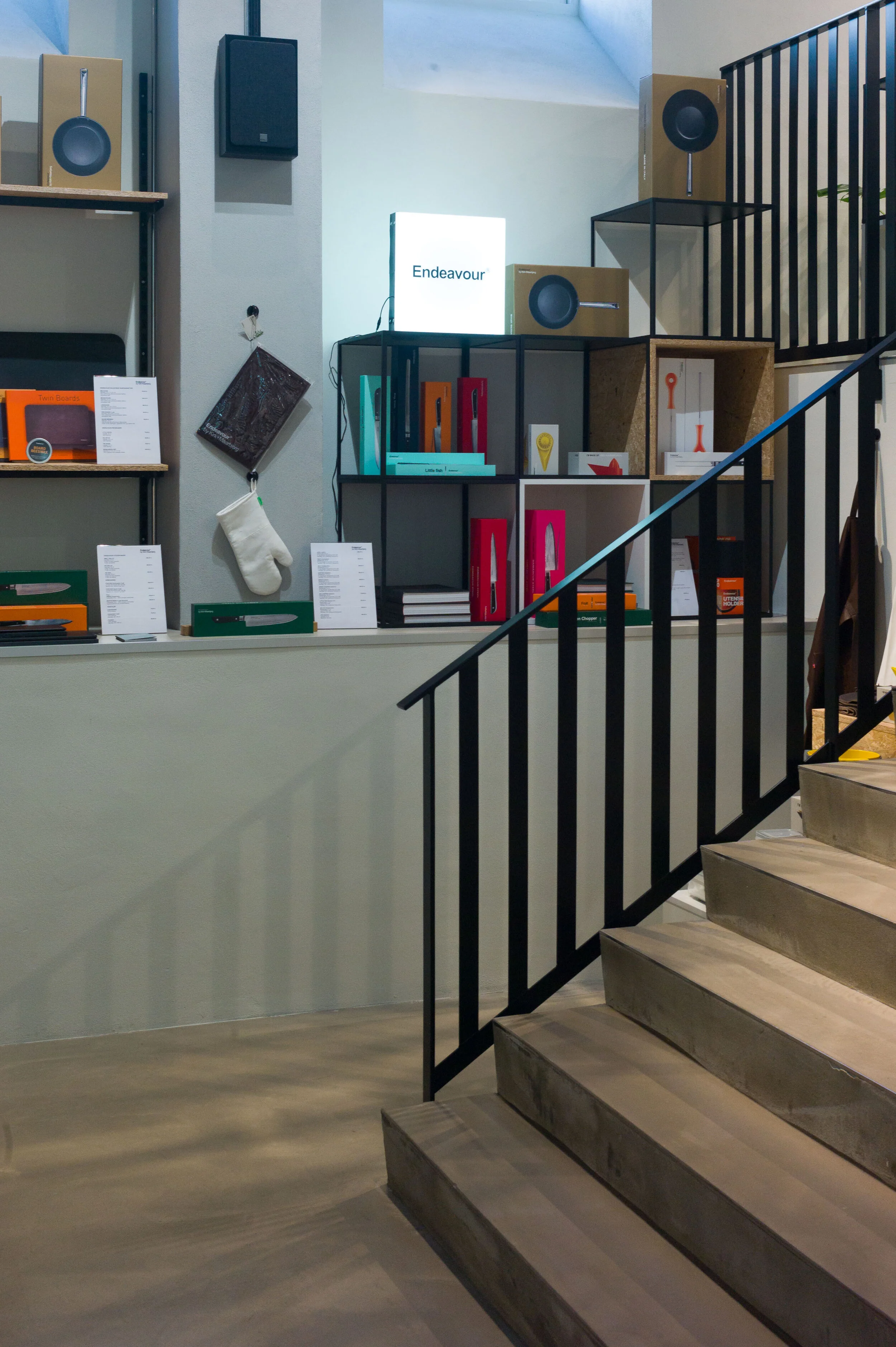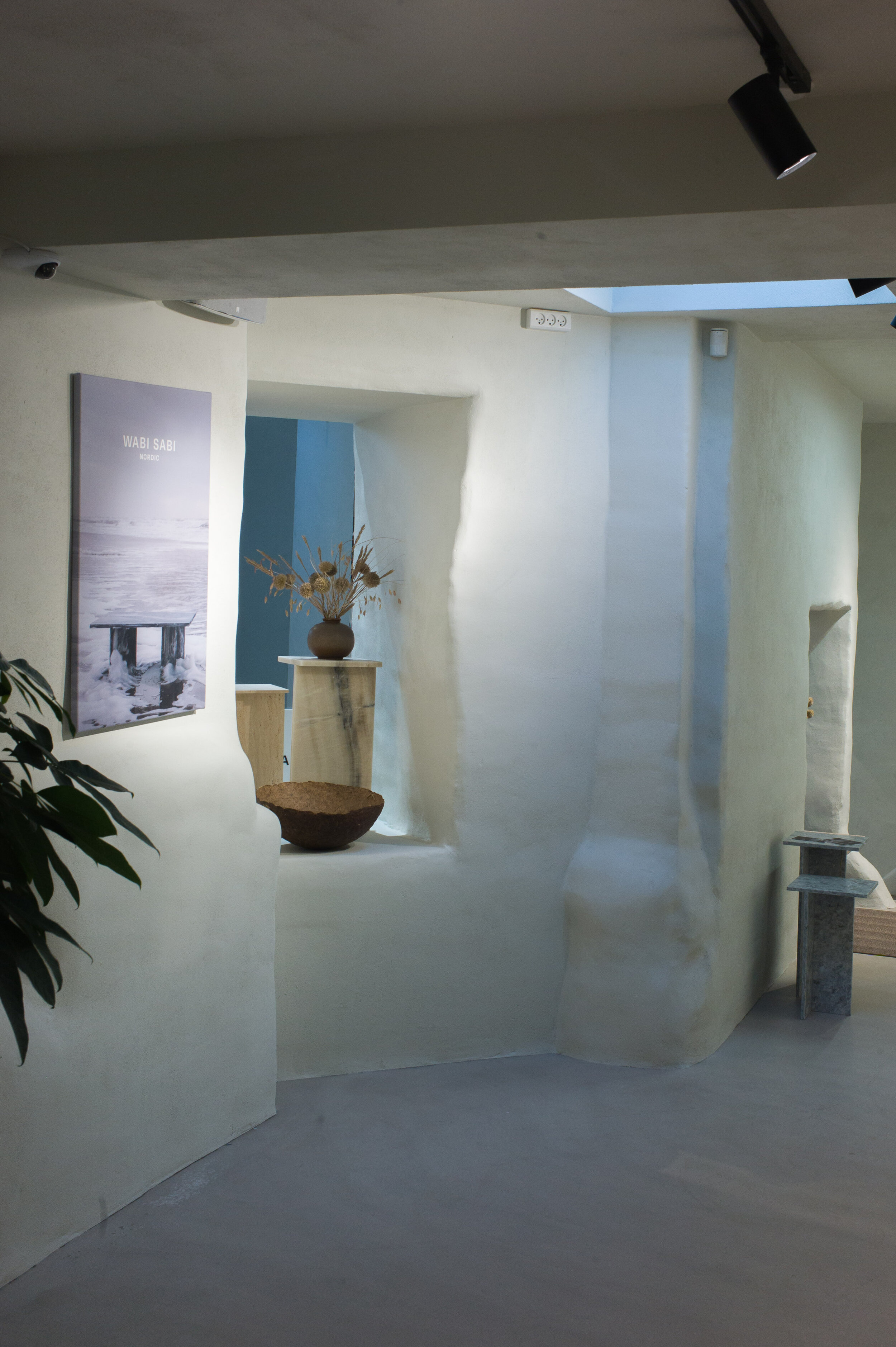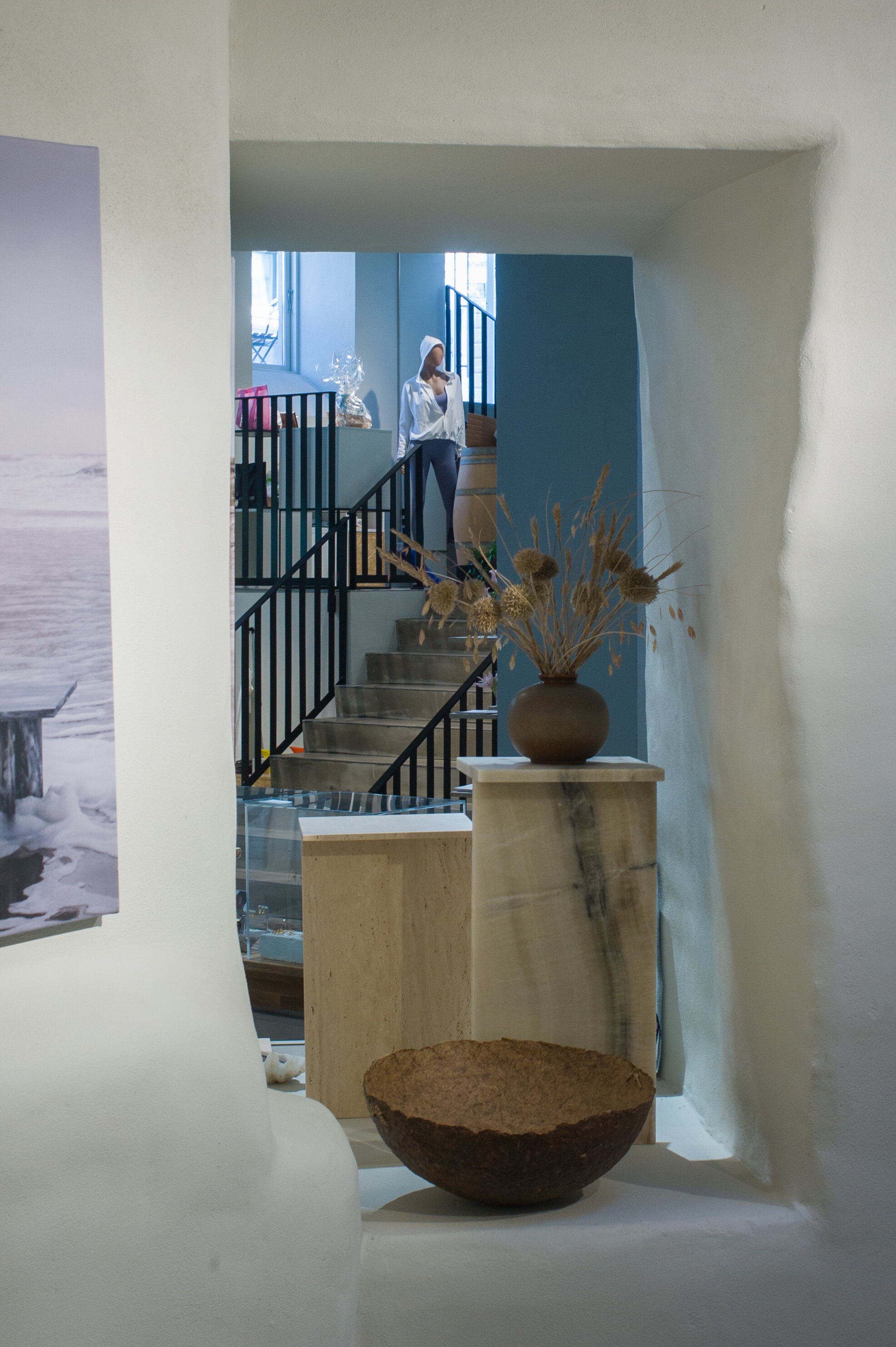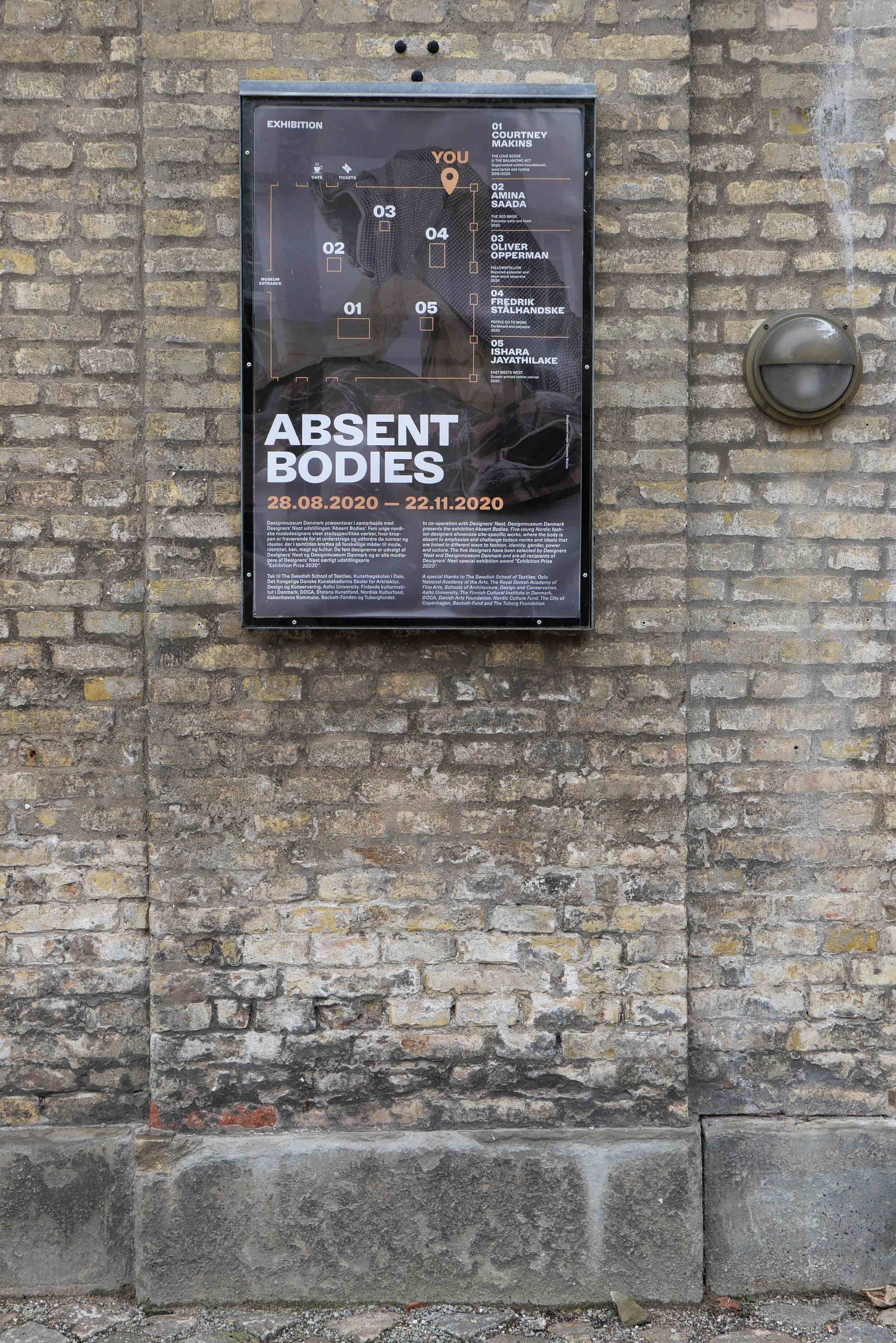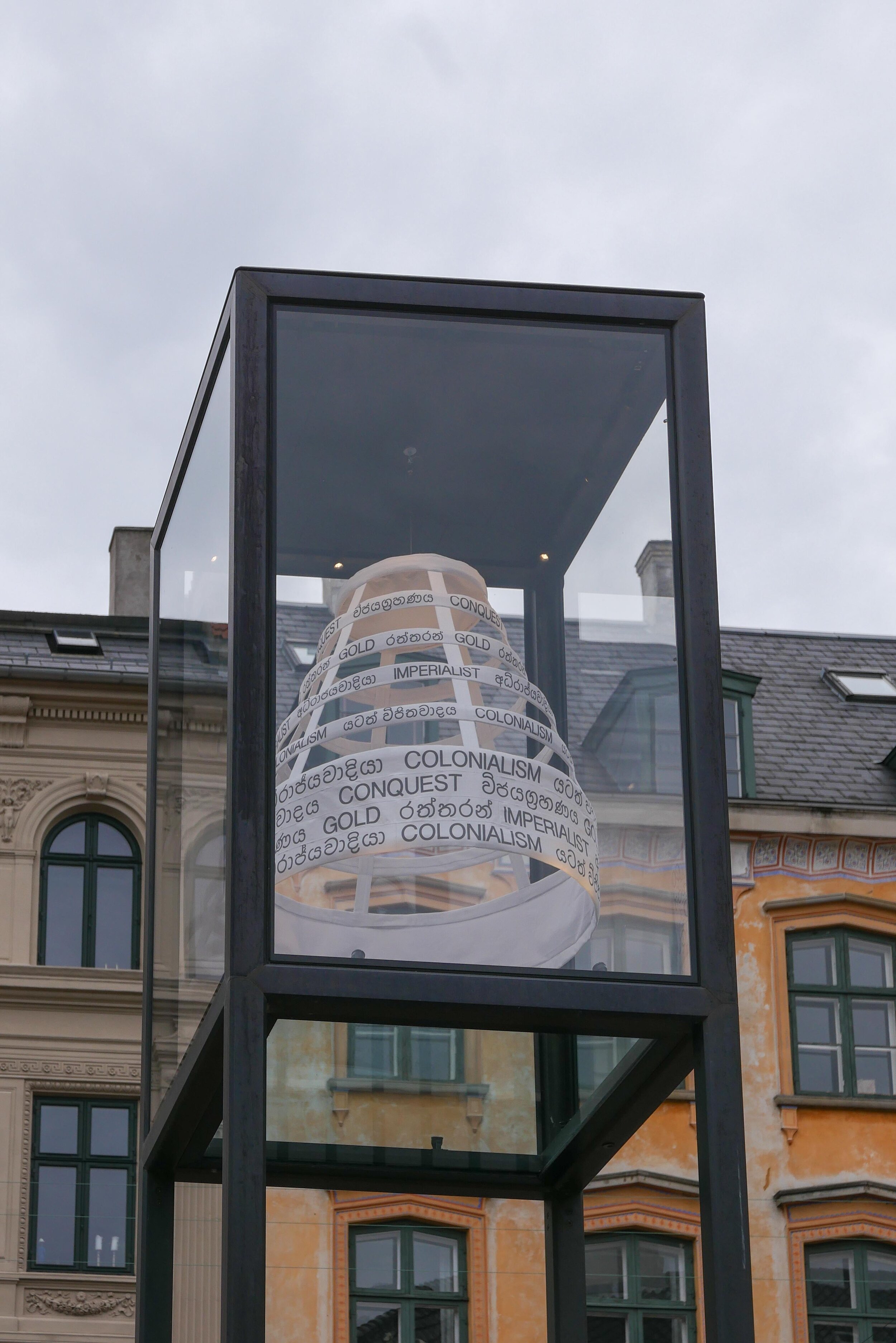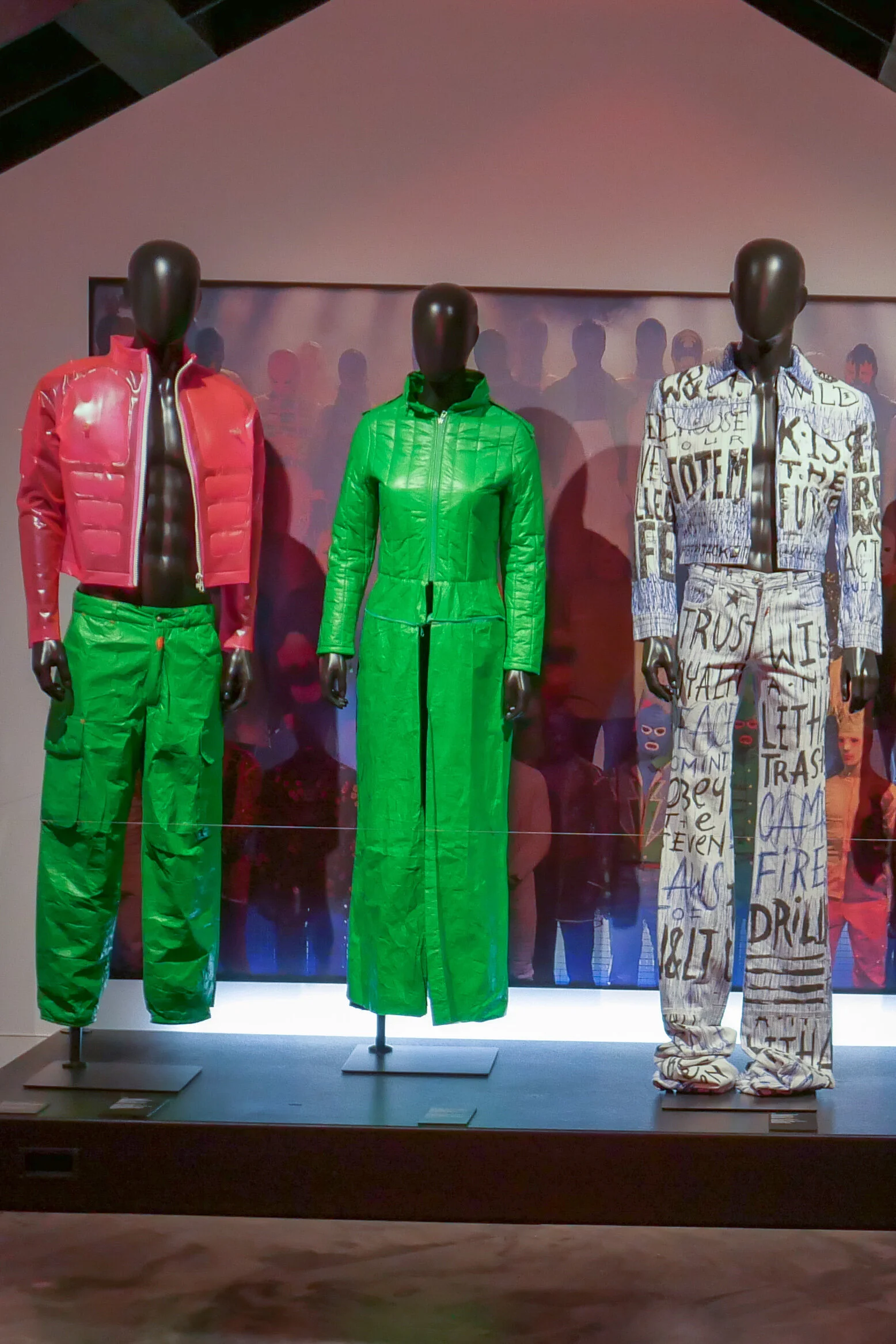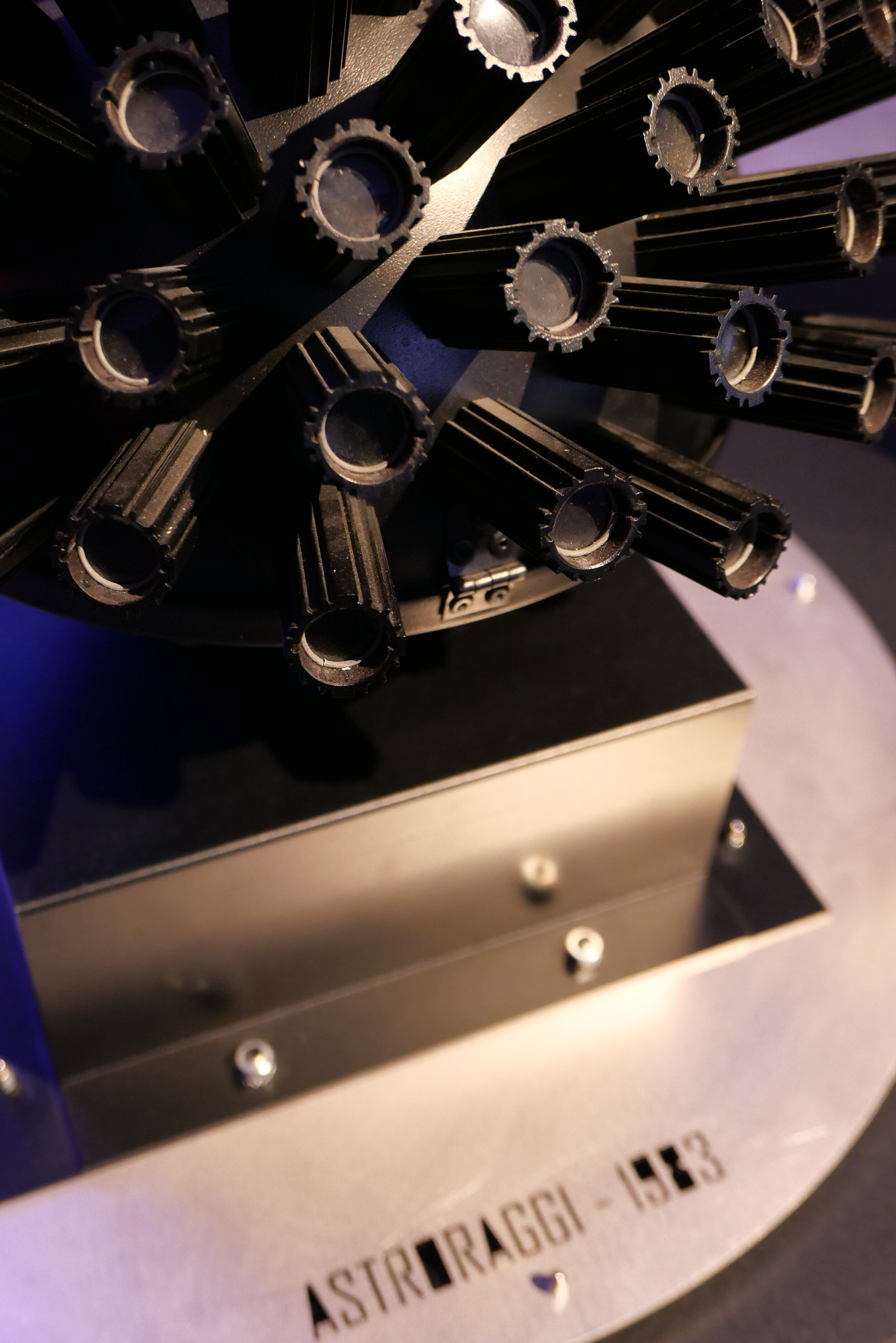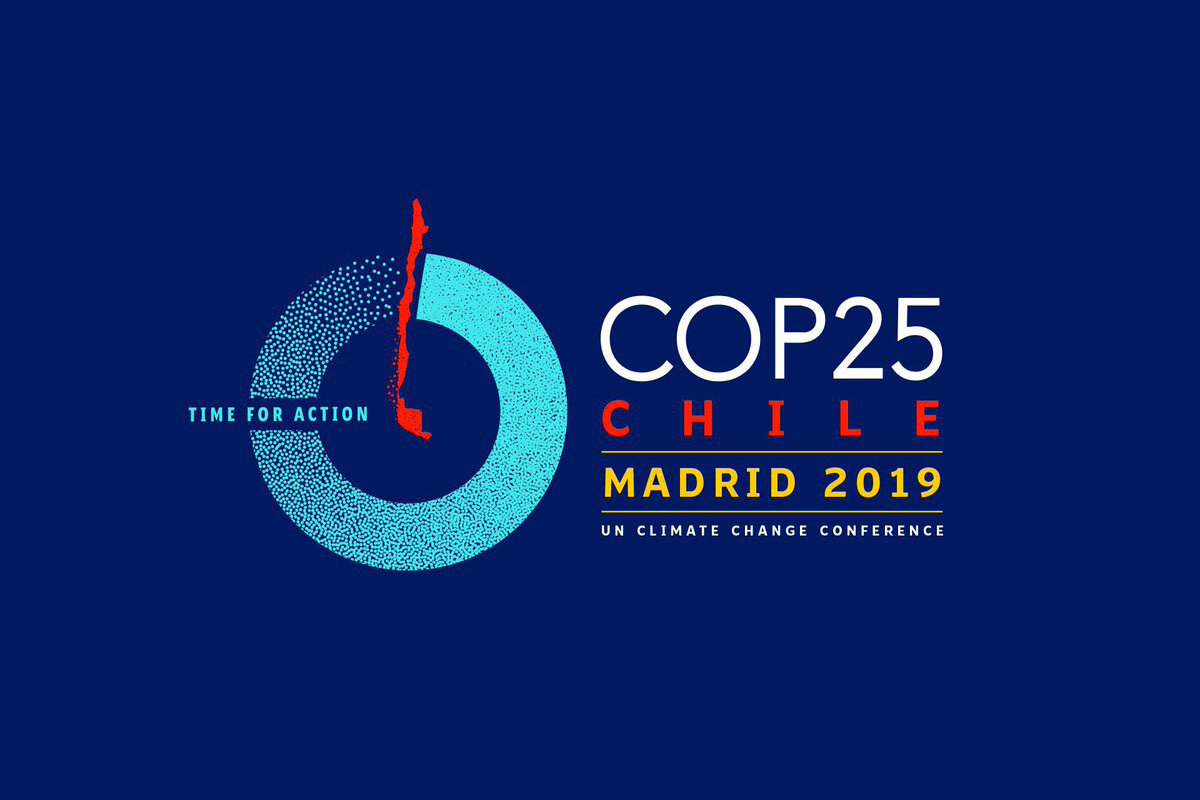AKUT #5 ... CARE & REPAIR
/
AKUT is an umbrella title for a series of exhibitions at the design museum that address “topics where design and designers are at the center of major societal dilemmas and challenges.”
In the past, textiles and clothing were expensive and were carefully stored and, when necessary, were repaired.
In the homes of the middle classes and the wealthy, clothes and bed linens were kept carefully in presses (large cupboards) or in a chest or a chest of drawers and seamstresses and tailors could re-hem or alter clothes if they were handed down or had to be “let out” as a child grew.
Both my grandmothers and my mother knitted and sewed and I remember through my childhood, that expensive Christmas cakes and fancy chocolates often came in tins and these were repurposed so all three women had tins with phenomenal collections of threads and yarns, patches of fabric and every sort and size of button to repair and alter our clothes. All three made their own curtains and cushion covers and no one in the family considered these tasks exceptional but as necessary skills that were common in most households.
One of the information panels in the exhibition suggests that “historically, the task of maintaining household textiles has fallen mainly to women” but my grandfather - my mother’s father - reupholstered chairs, made rag rugs, had a hefty iron cobbler’s tree on his work bench so that he could put new heals on our shoes and he had a leather hole punch so he could adjust or alter belts and straps. He was also a passable knitter as he had grown up on the east coast where men in his family - North Sea fishermen - knitted.
In the 1950s and through the 1960s and 1970s, most department stores had large haberdasheries and most towns had wool shops (for knitters) and fabric shops for dress makers and for curtains and upholstery.
Today, does anyone replace a zip or darn a sock or sew a leather patch on the arm of a jacket or a jumper? Surely now we have to repair and recycle for environmental reasons and this exhibition is a timely reminder that looks at techniques used to repair and reuse textiles.
AKUT #5 CARE & REPAIR / AKUT #5 CARE & REPAIR
Designmuseum Danmark / Design Museum Danmark
Bredgade 68, 1260 København K
from 3 November 2023 through to 8 September 2024



